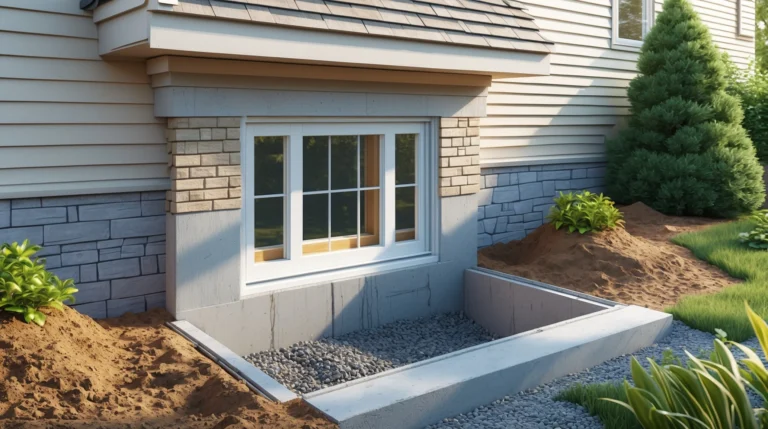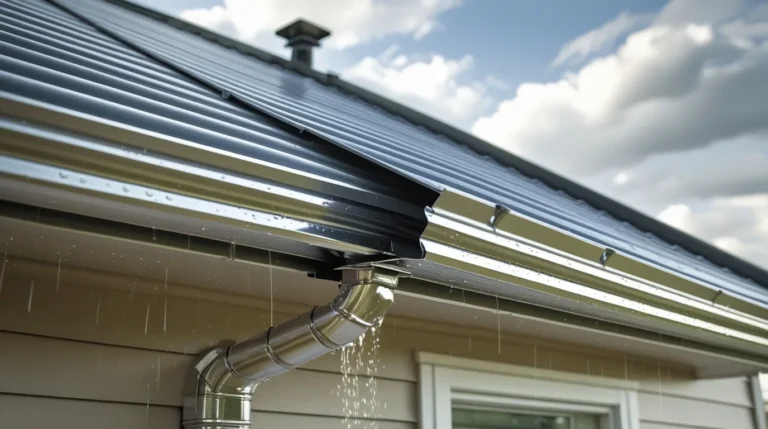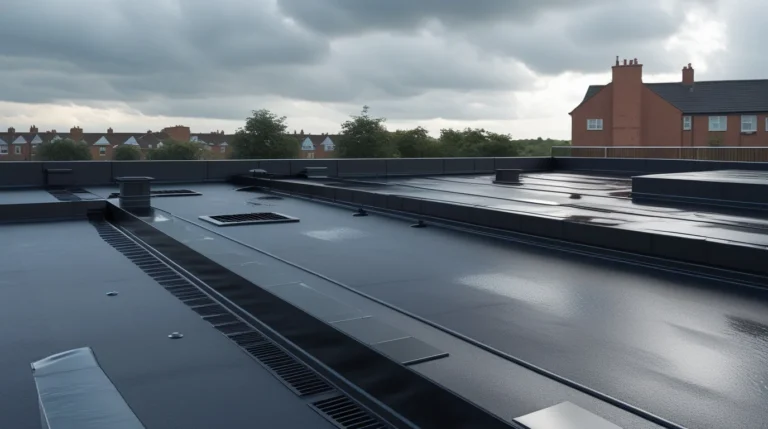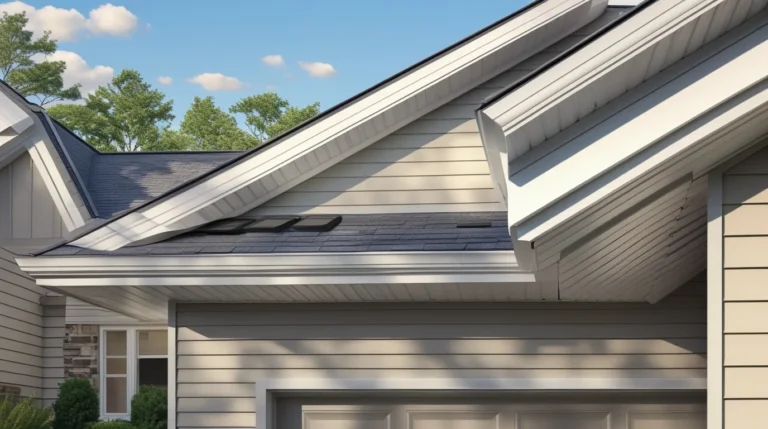Why Roof Safety Matters for Every Home Project
What is a roof jack, and why is it so important when working on sloped roofs? When working on a roof, safety should always come first. Whether you are fixing shingles or cleaning out gutters, one wrong step can lead to a serious fall. That’s why roofers use special tools to help them stay safe and steady. One of these tools is something called a roof jack. This guide will explain it in simple words so anyone can understand.
Understanding the Tools You See on a Roof
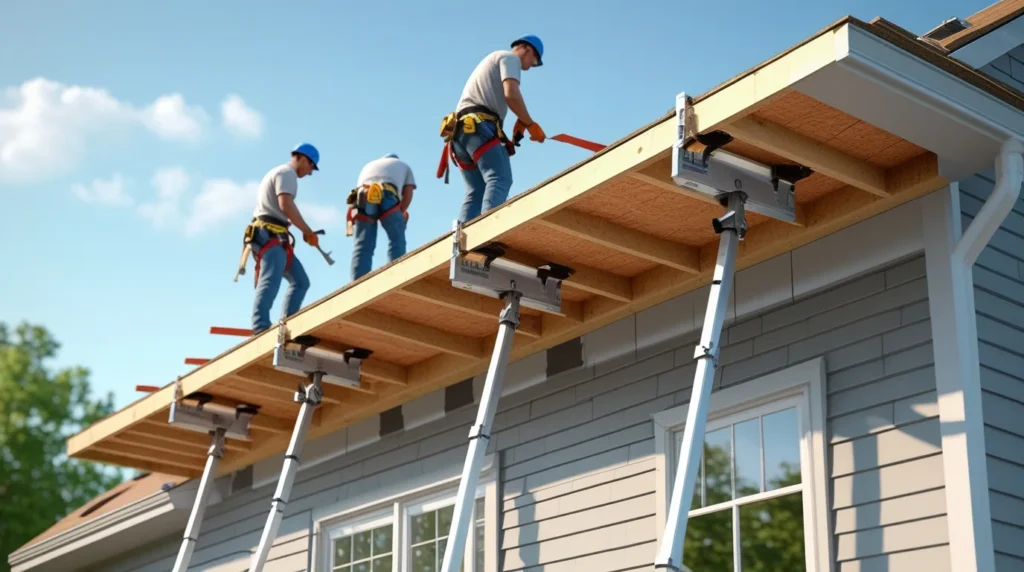
If you look up at a house under repair, you might notice planks and metal pieces sticking out from the roof. These are not random items; they are safety tools. Roof jacks and roof brackets help create safe spaces to stand and work. These tools are used by both pros and people doing home projects. Before learning how to use a roof jack, it’s good to know what each part does.
What Is a Roof Jack and Why Do Roofers Use It?
A roof jack is a metal tool that attaches to a roof. It holds a wooden board or plank. This plank gives workers a flat and strong place to stand. Roof jacks are used on sloped roofs to stop workers from slipping or falling. They are especially helpful on steep roofs where balance is hard to keep.
Roof jacks are usually made of steel. They hook onto the roof and are nailed into place. A thick plank then sits across two or more roof jacks, making a steady working platform. When you’re learning how to use a roof jack, it’s important to also learn how to nail it down properly and use strong boards.
Different Types of Roof Jacks You Might See
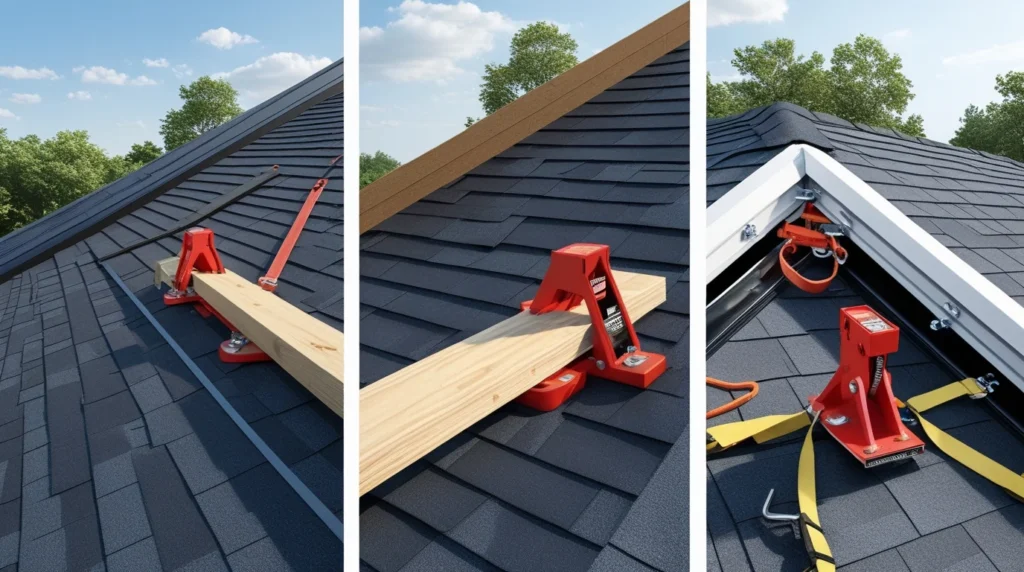
There are many types of roof jacks. Some are made for steep roofs. Others are for low-slope roofs. Some jacks can be adjusted to different angles. These are called adjustable roof jacks.
Here are some types:
- Fixed Roof Jacks – Stay at one angle. Good for one type of roof.
- Adjustable Roof Jacks – Can be changed to fit different slopes.
- Corner Roof Jacks – Made for tricky spots like roof corners.
All roof jacks serve the same main job: to hold a plank steady so someone can work safely.
How to Use a Roof Jack the Safe and Simple Way
If you want to learn how to use a roof jack, it’s easier than it looks. Here’s a step-by-step guide:
- Pick the Right Spot – Choose a place on the roof where the jacks will be even.
- Nail the Jack In – Use big nails or screws to hold the jack in place.
- Attach More Jacks – Set up two or more jacks along the same line.
- Place the Plank – Lay a strong wooden board across the jacks.
- Check for Safety – Make sure nothing wobbles or feels loose.
When learning how to use a roof jack, never skip safety steps. Always wear shoes that grip well, and never climb up when the roof is wet.
How to Use Roof Jacks on Steep Roofs
Steep roofs are very hard to stand on. That’s why many people want to know how to use roof jacks the right way on these tricky surfaces.
Here’s how it’s done:
- Use adjustable roof jacks so you can match the roof’s slope.
- Nail jacks into roof rafters, not just into shingles. This keeps them from pulling out.
- Use thick boards—at least 2 inches thick and 10 inches wide.
- If needed, tie yourself to a roof harness for extra safety.
Using roof jacks on steep roofs takes extra care. Never use them if the weather is bad or the roof feels soft or weak.
How to Use a Roof Bracket with the Right Setup
A roof bracket is similar to a roof jack. Many people even use the words to mean the same thing. But in some cases, roof brackets are a bit wider and offer more support. If you’re wondering how to use a roof bracket, here’s what to know.
Roof brackets are metal pieces that hook over the edge of the roof. Like jacks, they are nailed in place and used to hold a board. Follow these steps:
- Find the Rafter – That’s the strong wooden beam under the roof.
- Place the Bracket – Hook it over the edge or rest it flat.
- Secure It – Nail it tightly into the rafter.
- Add More Brackets – Put more brackets in a line.
- Lay the Plank – Place a thick wooden board across the brackets.
Learning how to use a roof bracket can help you on many types of roof projects.
Are Roof Brackets and Roof Jacks the Same Thing?
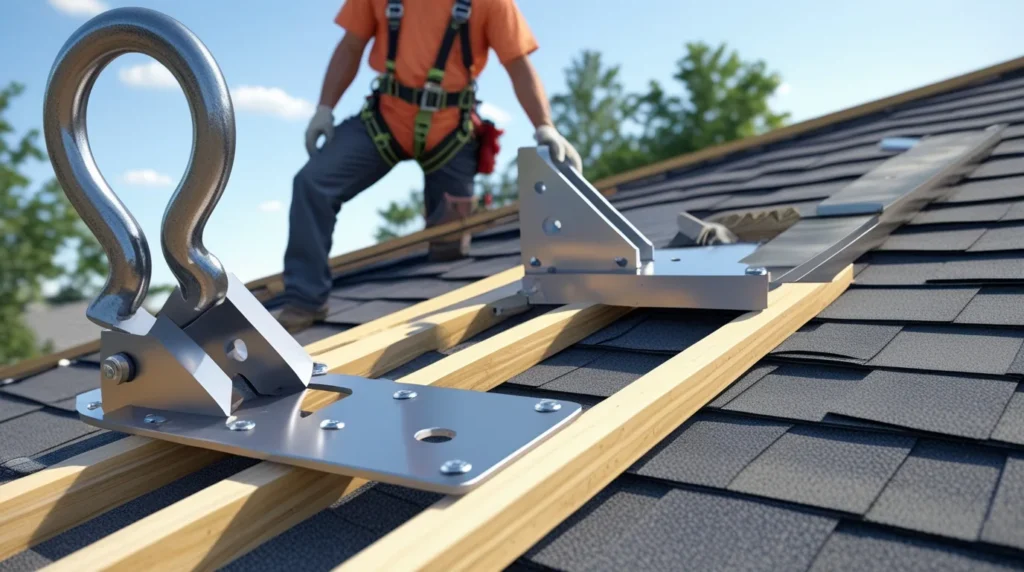
This is a common question. Many people want to know the difference between a roof jack and a roof bracket.
Both tools do the same job: they hold a plank so you can stand on the roof. However, roof jacks often have more curve or hooks. Roof brackets may be more flat and wide.
Some companies call them different names, but both are used in similar ways. If someone says “roof jack” or “roof bracket,” they may mean the same tool.
How to Use Roof Brackets for Better Support
Now let’s talk more about how to use roof brackets. If you want to stay safe and work well, here are a few tips:
- Use brackets every 4 to 6 feet across the roof.
- Nail into strong wood (not just into roofing shingles).
- Double-check that the board doesn’t slide.
- Never stand on a board that sags or moves.
Roof brackets make your work easier. They also help you focus on the job instead of worrying about falling.
Common Mistakes People Make with Roof Jacks
Even with the right tools, people can still make mistakes. If you’re new to roof work, here are some common problems to avoid:
- Using weak boards – Thin planks can snap or bend.
- Not nailing jacks correctly – Loose jacks can slip.
- Working in bad weather – Rain or wind makes roofs very unsafe.
- Skipping a safety harness – Always use one on steep roofs.
- Putting jacks too far apart – Planks need even support.
Knowing these mistakes can keep you safe and make your work go faster.
Local Roofing Projects in Stafford, VA: Trusted by Port Solutions DMV
In Stafford, VA, roofing projects often happen during dry months when the weather is nice. Local workers trust tools like roof jacks and brackets to get the job done safely. Whether you’re a homeowner fixing a leak or a contractor building a new roof, the right setup can make all the difference.
At Port Solutions DMV, we understand how important safety is. Our team uses top-quality roof jacks and roof brackets on every job. We take the time to set them up right and check them twice. This helps us protect our workers and give customers the best results.
No matter the roof’s size or shape, safe tools like these are a must. They don’t just help with balance—they also give workers peace of mind. That’s why at Port Solutions DMV, we treat every home like our own.
If you’re thinking of doing a roof project, or if you just want to learn more about how to use roof jacks and roof brackets, reach out to a trusted pro. It’s always better to be safe than sorry.
Want a safer roof project? Contact Port Solutions DMV today and get expert help you can trust.

